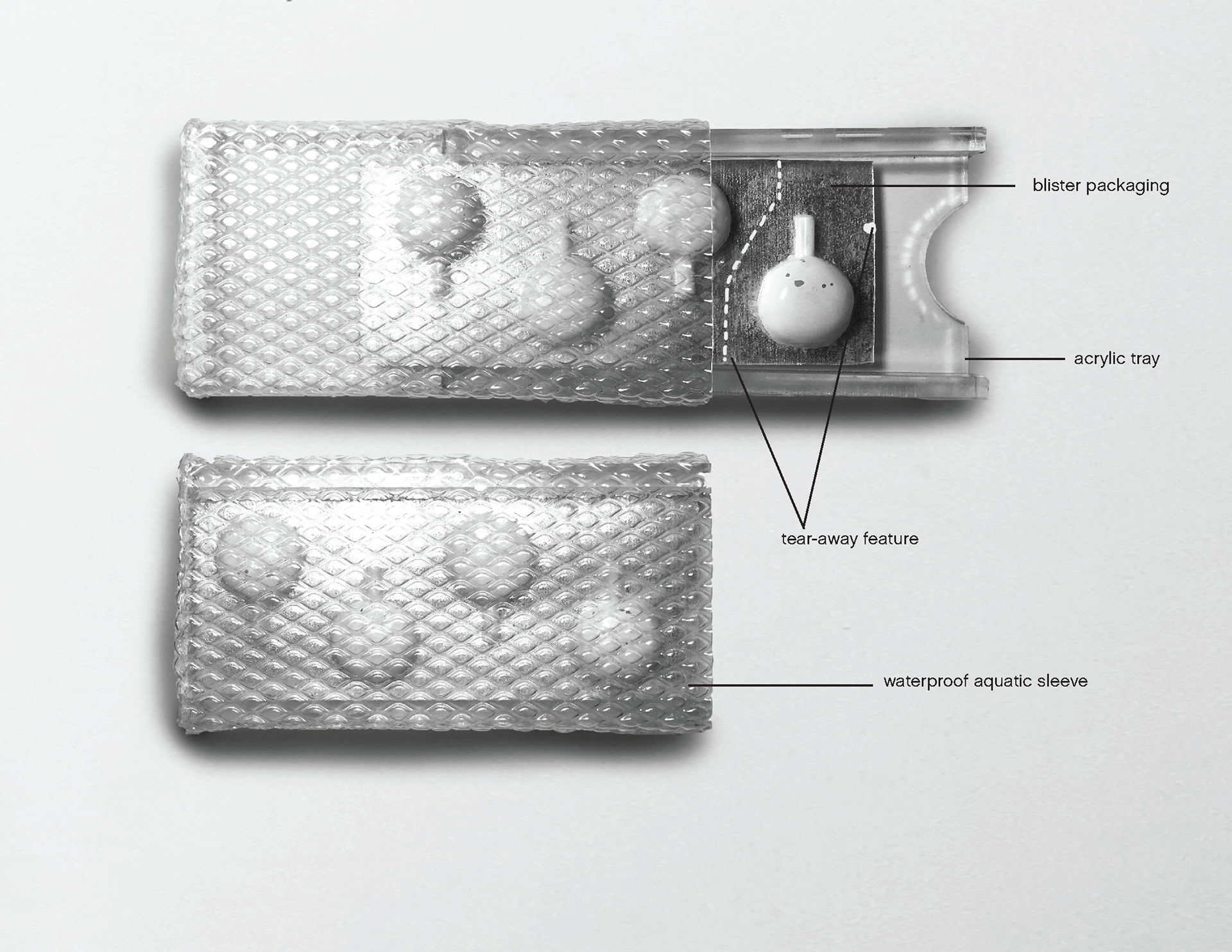My research takes form in the data visualization. The design is purposefully influenced by the colours and textures associated with the Western Honey-bee. It documents the life cycle and focuses on the breakthrough stages where the Western Honey-bee develops its powerful venom. It goes into detail about its chemical properties, its damaging properties, and beneficial elements that are capable of replacing harmful steroids.
"This is an area of research, provocation and speculation centered on the relationship between design and insects. Structures, products and services are derived from insects used in biotechnology, food/product production
and as pets."
and as pets."
My research explores the protein, Melittin, found in the venom of the Apis Mellifera (Western Honey-bee) and its anti-inflammatory properties that can potentially replace harmful steroids and chemicals in topical creams such as Hydrocortisone
that is used to control the effects
of Dermatitis such as Eczema.
that is used to control the effects
of Dermatitis such as Eczema.
The illustration above is a representation of the hypothetical system of production. Encircled is where my project is purposefully intervening. The products and services stages and the target demographic stage. These two stages are represented as the topical dermatitis creams sold over the counter in drug stores and female swimmers in the U.S.A 18 to 25 years old who are affected by Dermatitis.
My research focuses on female swimmers aged 18–25 affected by Dermatitis. Because as females, it is integrated in our lifestyle and habits to share any products i.e. cosmetics, clothing, or unused menstrual products for anyone in need and adding in the factor of being a swimmer affected by Eczema, it is not a surprise if through sharing products will result to Contact Dermatitis. This project aims to support the lifestyle of a female swimmer affected by Eczema to prevent any cross-contamination and to promote the use of safer topical creams to relieve the effects of Eczema.


